Moon Monday #69: NASA’s Moon rocket crawls to the launchpad; confusing Artemis funding; dedicated lunar communications infrastructure; and more updates
Several readers told me they like Moon Monday’s new focus on providing more context on major developments rather than being too brief in order to cover all developments. I’m doubling down on the same with this issue by debuting a new format while also making sure to not miss sharing minor developments, the latter of which is a key utility of this newsletter for many. Please let me know what you think of this new format.
NASA’s Moon rocket crawls to the launchpad
On March 17, NASA put its fully stacked 20-plus-billion-dollar, 1.6-million-kilogram SLS rocket, sitting on its 5.1-million-kilogram mobile launcher, on to the 3-million-kilogram Crawler-Transporter. Traveling at a top speed of 1.3 kilometers per hour, the crawler-transporter safely carried the rocket 6.8 kilometers from the assembly building to the launchpad in 10 hours and 28 minutes.
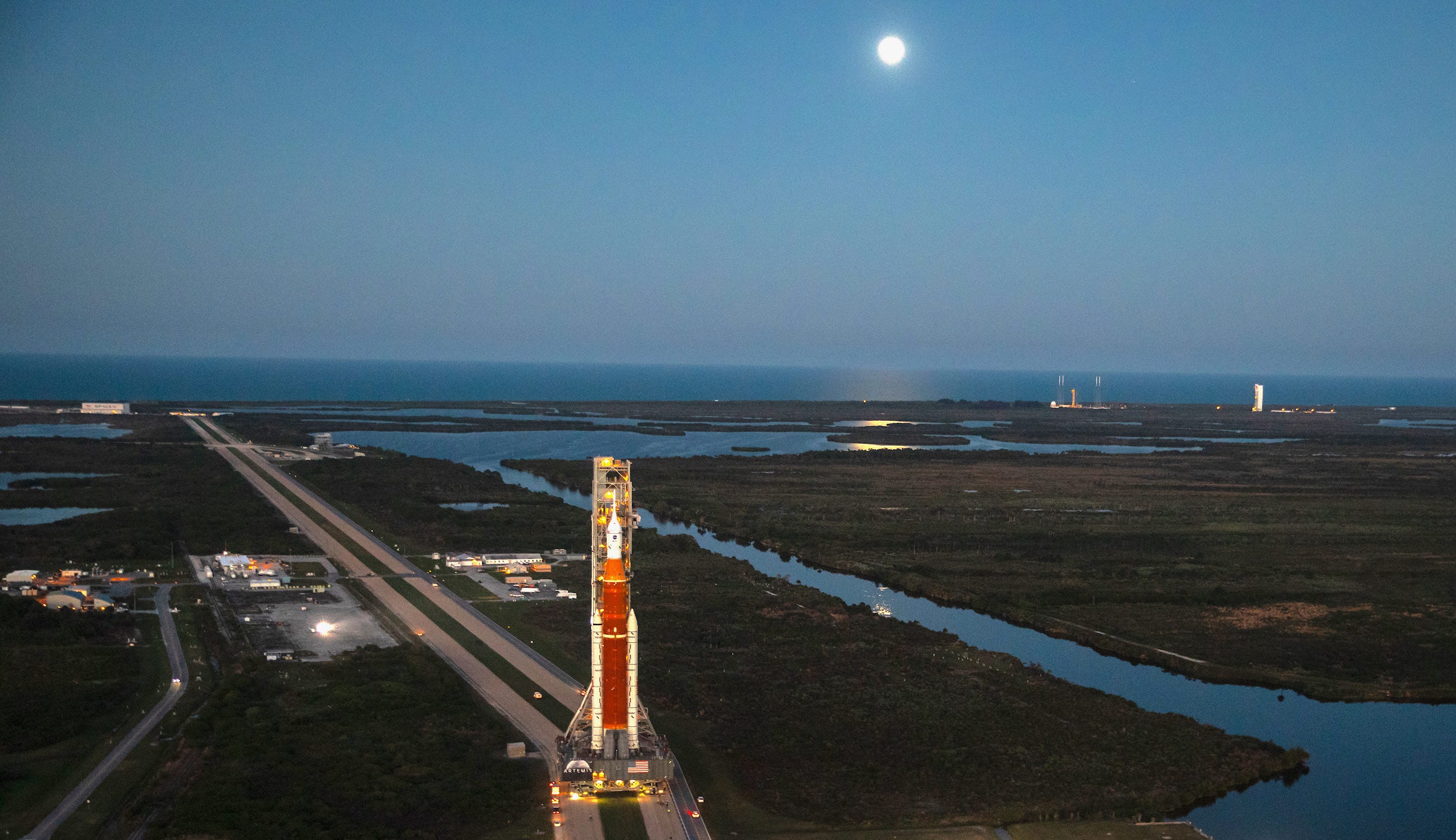
The move is for the rocket’s wet dress rehearsal in April, the final major test before its theatrical launch in the coming months for the Artemis I mission to send an uncrewed Orion spacecraft around the Moon, marking the beginning of a long string of missions and ambitions to sustain human presence on the Moon and in lunar orbit as part of NASA’s Artemis program. The wet dress rehearsal, spanning at least two days, will test the team’s ability to load 2.65 million liters of super-chilled propellants into the rocket, practice every phase and permutation of launch countdown right until T-10 seconds, and demonstrate safe unloading of propellants to simulate launch delay scenarios such as Artemis I weather criteria not being met.
After the wet dress rehearsal, NASA will roll the rocket back to the assembly building for final checkouts before launch, NASA will only decide a launch date based on how the wet dress rehearsal goes but as of now they’re targeting an early June liftoff.
If you’re not sure how to feel about the SLS rocket, or want to read in plain words what you do feel, Eric Berger’s perspective piece on SLS is apt. Or better yet, let NASA unintentionally show you with its Apollo and Artemis rocket comparison piece just how uncannily old the new big orange rocket is.
That being said, here’s a fun fact from a NASA piece on the crawler-transporter.
Their initial design called for asphalt roads, but engineers quickly encountered issues. Asphalt couldn’t handle the weight of the 6.65-million-pound crawler on its own, much less with the weight of a rocket added to it. The asphalt also proved too sticky and therefore would not allow the crawler-transporter to turn properly, causing damage to its roller bearings. NASA conducted a study to find a material that would allow the crawler to make a proper turn and hold the weight required. The results: river rock.
River rocks are mostly quartz, round and 3-4 inches in diameter, important features for high weight tolerances. They act as ball bearings that allow the crawler to turn with minimal issues. When the weight of the crawler rolls over the rocks, they absorb energy from compaction, helping to reduce the vibration on the surface that could cause damage to any flight hardware being transported.
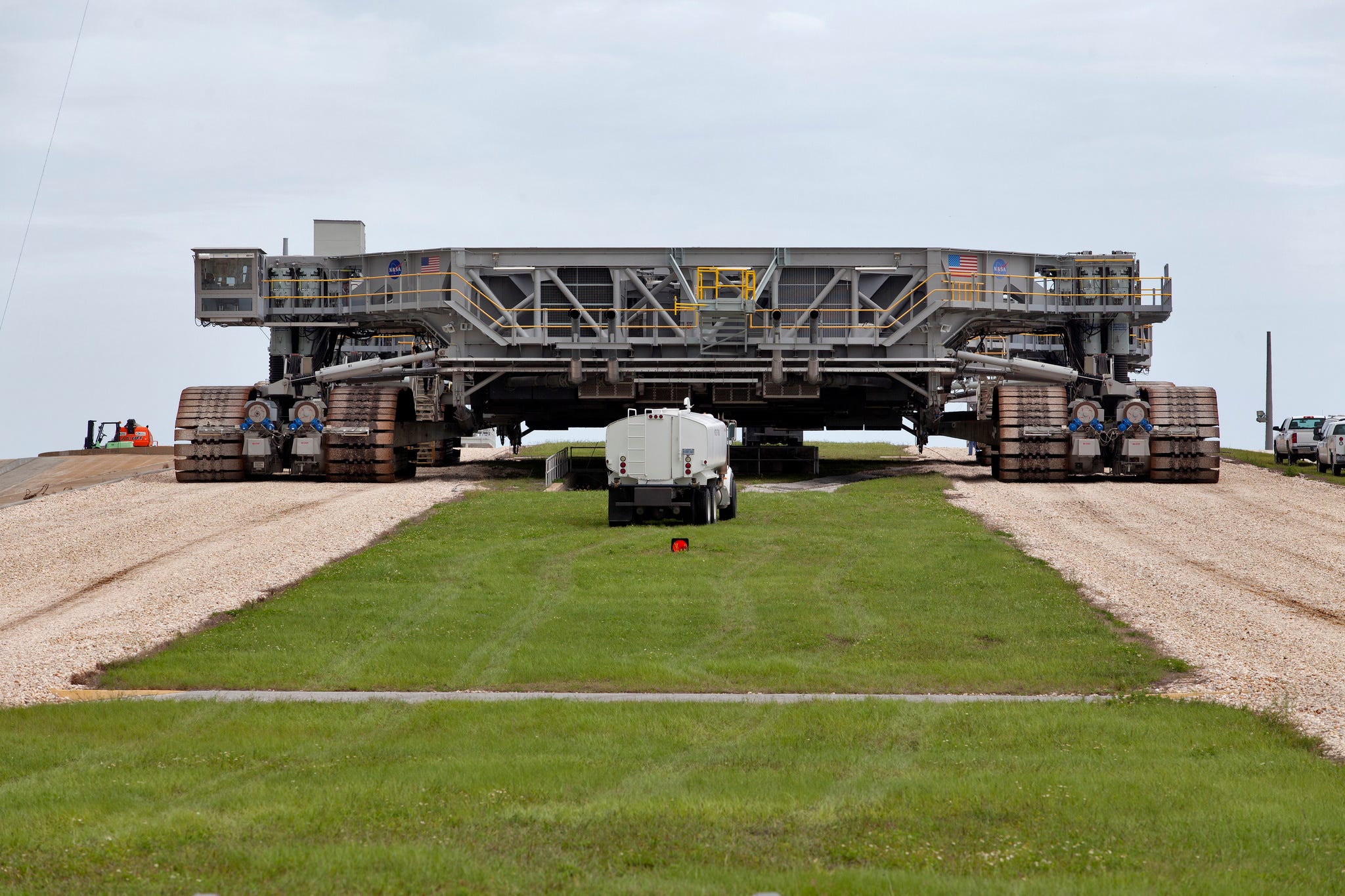
Funding for NASA Artemis continues to be confusing
On March 15, U.S. President Biden signed into law the nearly six months late U.S. FY2022 omnibus appropriations bill, which includes $24 billion in funding for NASA. With it, the U.S. Congress is once again providing NASA more money for the SLS rocket than the agency requested, and has directed it to use $600 million specifically to accelerate development of the rocket’s more performant Block 1B version sporting the Exploration Upper Stage.
NASA did get the full $1.2 billion it requested for its Human Landing System (HLS) program as opposed to only 25 percent of the same last year, which should accelerate development of the agency-chosen SpaceX Starship and its lunar variant to land humans on the Moon later this decade. But NASA is also being asked to provide a plan for how it will get a HLS competitor onboard with the amount provided. Sighs.
The Moon to get dedicated communications infrastructure
Norway based KSAT announced more detailed plans to establish dedicated lunar ground stations on Earth to serve end-to-end communications needs of the increasing number of (commercial) Moon missions. The company has previously bagged two key commercial communications contracts for lunar missions. The first is supporting communications of the Lunar InfraRed Imaging CubeSat launching on Artemis I. The second is a big agreement with Intuitive Machines to provide communications for the company’s first, second and all future Moon missions, at least the first three of which are part of NASA’s CLPS program.
NASA requires CLPS companies to source their own mission infrastructure instead of using NASA’s services, including getting a launch vehicle and availing ground stations. Notably, KSAT is part of one of the two consortia selected by ESA for the agency’s Moonlight initiative, an envisioned commercial lunar communication and navigation service.
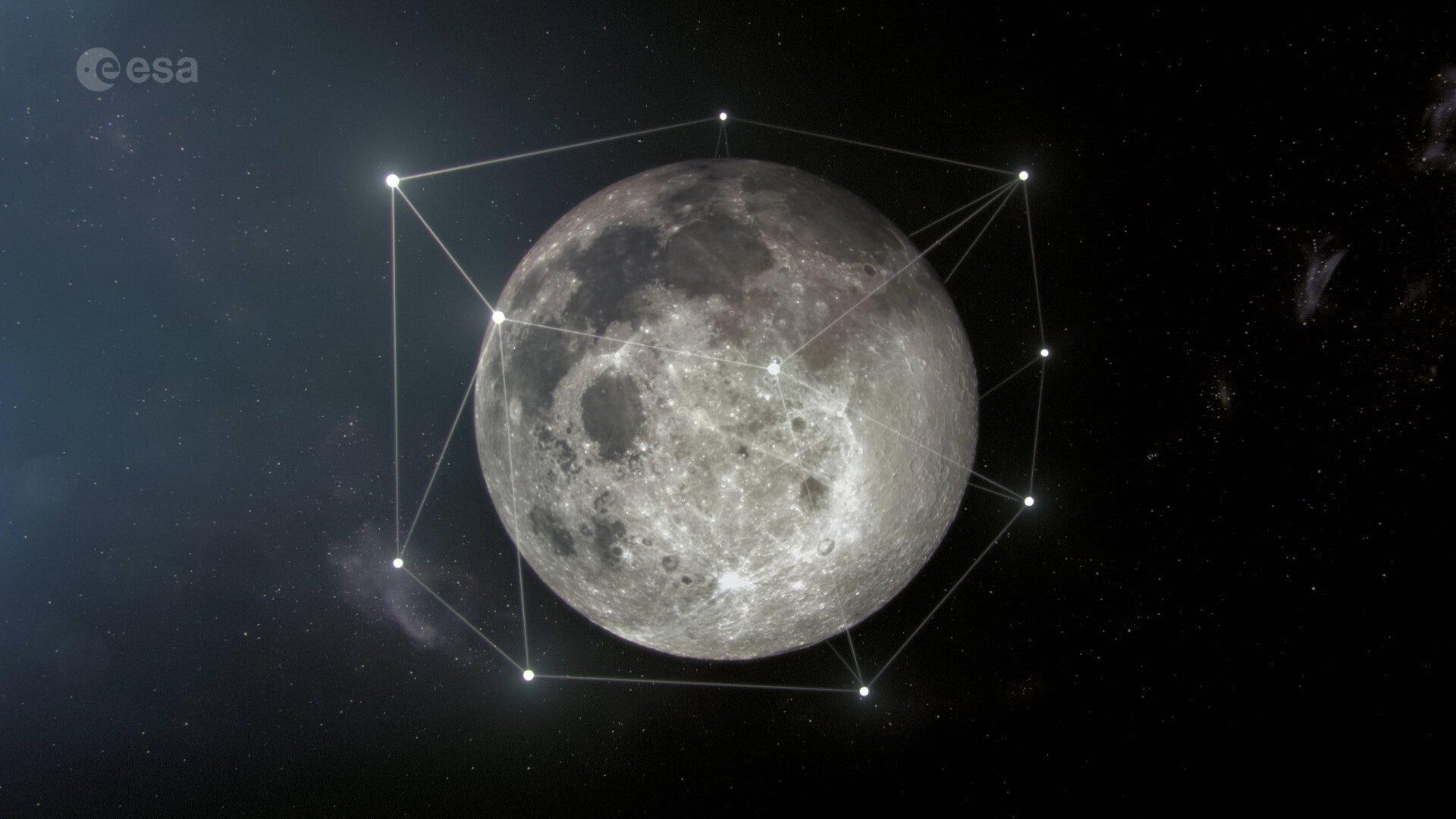
Moonlight isn’t the only satellite communications network being planned to be deployed around the Moon. Last week Aquarian Space revealed plans to deploy a 100 Mbps high-speed communications network, starting with their first lunar satellite in 2024. In January this year, competitor Plus Ultra announced a collaboration with ispace Japan, which would involve ispace deploying the former’s commercial communications and navigation satellites in lunar orbit later this decade.
The promise of lunar lava tubes and an ESA mission
Lava tubes on the Moon, formed by cooling of underground tunnels carved by now-receded lava flows, are promising places for future missions. They’re protected from significant radiation and micrometeorite bombardment on the surface, making them pristine places to study the Moon’s volcanic past and analyze rocks untouched for well over a billion years. These traits combined with relatively stable temperatures also make them potentially good places for sustainable habitats. Some of these lava tubes have openings, formed when lava flows breach the surface or if part of a surface collapses due to hot flows beneath.
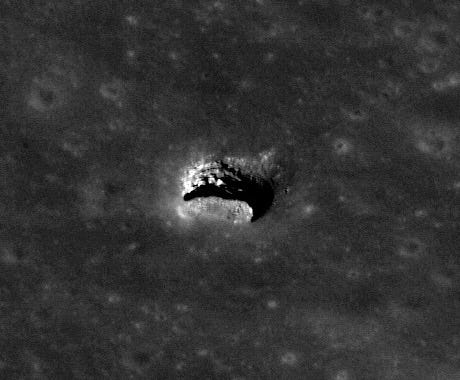
ESA is considering a 2033 mission to explore a lunar pit which is an opening to a lava tube. Two such ESA-funded mission concepts, RoboCrane and Daedalus, were recently merged into one complete, feasible mission plan through ESA's Concurrent Design Facility. The mission would use a crane (RoboCrane) on a rover to lower a mobile robot (Daedalus) into a lunar pit to explore its entrance and interior to study its geology, map resources, and find favorable spots for future habitats. Related: As part of ESA’s Pangaea campaign, the agency trained future lunar astronauts last December to explore the 8-kilometer long terrestrial lava tube La Corona at the Canary Islands.
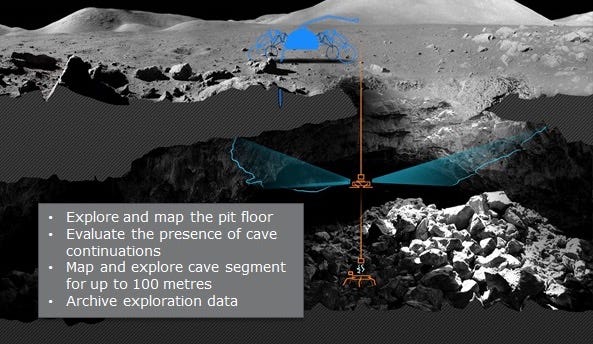
If lunar lava tubes are nice shelters for future astronauts, and if permanently shadowed regions on the Moon’s poles are resource-rich to serve future habitats, why not consider near-polar lunar pits which are permanently shadowed too as ideal “best of both worlds” lunar homes? That’s the question scientists explored in a new study by modeling thermal environments of lunar pits.
They found that floors of even high-latitude lunar pits don’t get cold enough to trap and accumulate water ice and other volatile resources the way permanently shadowed regions do. This means we still need to fetch resources from polar regions. However, if we can find polar or near-polar lunar pits for future mission sites, their low-and-stable-temperatures at least slow down escape of volatiles and make them good homes to launch resource fetching campaigns from.
More Moon
The UK announced £1 million in funding to further develop four key lunar technology projects for future Moon missions and sustained habitats. The projects are:
Autonomous micro nuclear reactors
A rugged and autonomous resource-mapping mobile robot
A microwave-heating based lunar construction method
An advanced 3D-surface-mapping LIDAR for future lunar landers
LEGO rolled out Artemis toy sets ahead of NASA’s Artemis Moon missions
Fly your name around the Moon in a flashdrive on NASA’s Artemis I mission. It’s a pointless thing to do in my opinion, unless of course the point of it (for NASA) is to spread the word about the mission.
Thank you James Tuttle Keane, Cyrus Khan, Daniel Wrench and Karan Maindan for supporting me and powering this edition of Moon Monday!
Everyone, I’m publishing this one-of-a-kind Moon exploration newsletter for free, with no ads. And it will stay that way. Support me to keep it going.
